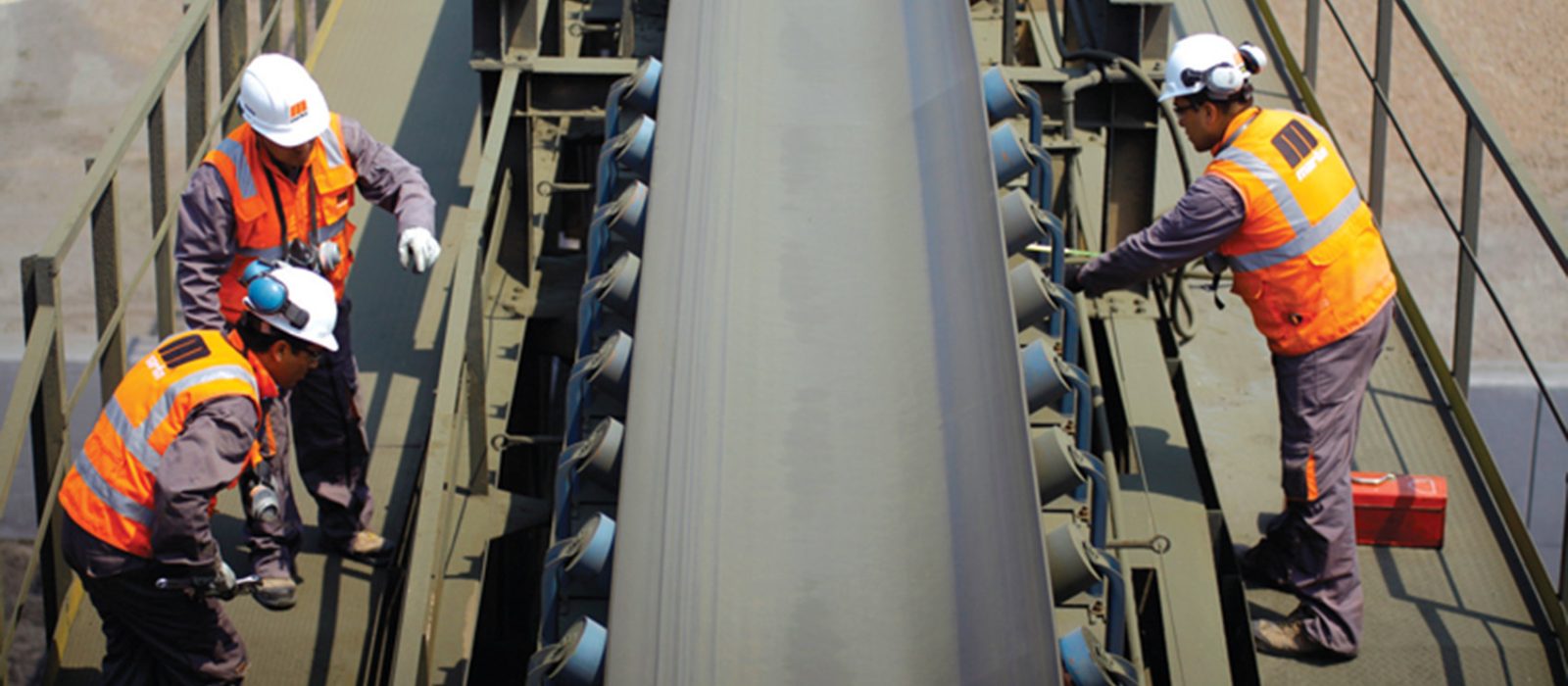
Important Questions to Ask Before Making a Conveyor Belt Repair
Managers and maintenance personnel need to be on the same page as they weigh the various factors when considering conveyor belt repair.
For example, managers may ask "Is this economically feasible? Is it a prudent expenditure?"
Maintenance personnel may ask "Will this repair keep us running?"
Cost is certainly a consideration, but meeting a production schedule may seem more important.
Companies also need to be aware of their policies for repair and replacement—making sure they are not too rigid, as listed below:
- Always repair a damaged or worn belt
- Always discard a damaged or worn belt
- Always replace a belt when its turns X years old regardless of its condition
Too rigid of a policy may lead to loss and waste.
Situation Analysis
How extensive is the damage?
A small tear or puncture may pose little risk of spillage or snagging or enlargement. The belt repair can be repaired at a scheduled downtime.
Edge fraying or cover scoring may be present yet not pose a hazard. This issue can also be repaired at a scheduled downtime.
Diagonal and perpendicular rips cause loss of strength. The tension forces normally carried by the damaged area are transferred to the adjacent section of the belt. If the width of the rip is large enough, the over-stressed balance of the belt will most likely fail.
A common rule of thumb is that if no more than 25% of the belt width is involved, a repair is practical; when more than 25% of the width is damaged, a full re-splice or saddle section insertion is preferable.
Is replacement a better option?
The belt size is usually an important factor in the repair or replacement decision. Replacement means the immediate or near-term availability of a spare belt.
Change-out time for a smaller belt is usually less than it is for a major repair. Under these circumstances, replacement is recommended. If a spare belt is unavailable, the time element in securing one versus the estimated repair time (assuming the present belt can be repaired) must be considered.
Major damages to a belt with major areas of ripping and tearing will necessitate the replacement of the belt or the affected sections.
Another factor to consider is whether the belt is a good candidate for conveyor repairs. Will continuing to use the belt to provide more production reduce its repairability?
Is a temporary repair an option?
There is a time and place for improvised or temporary belt repairs—many have proved successful in maintaining at least partial material flow until other arrangements can be made.
On the other hand, an ill-conceived repair is just a waste of valuable time.
The most vital question in considering temporary belt repairs is usually whether or not the tensile strength of the belt carcass can be restored or bridged sufficiently at the point of injury to withstand the drive and take-up forces.
If the nature of the damage will not permit this with some assurance of success, the belt should be completely re-spliced or have a repair section (saddle) spliced in at the point of injury.
Temporary belt repairs of the type referred to above would include some form of mending with metal fasteners or a scab overlay held in place with fasteners or elevator bolts.
Such temporary repairs are usually employed in conjunction with a reduction of the belt feed rate to lessen effective belt tension.
Major damages over extensive areas of the belt would limit temporary repairs and make replacement of all (or major sections) of the belt the preferred remedy.
If a repair is preferable, what techniques should be used?
In most cases belt repairs will be one of three types:
- vulcanized
- metal fasteners
- cold cure
How much time is available?
If you can't divert material or product to an adjacent conveyor, then time is of the essence.
Time factors include:
- Need to complete a production run or a work shift
- Loading/unloading of a container
In each instance, the interruption of operations will bring up the same questions: repair or replace the belt?
Depending on specific circumstances, a major rescheduling of operations may be the only choice
Here are some other posts you might be interested in:
- 4 conveyor belt repair practices to get you back up and running
- 5 considerations before making a conveyor belt repair
- A faster and easier way to repair a broken timing belt
All Blog Posts